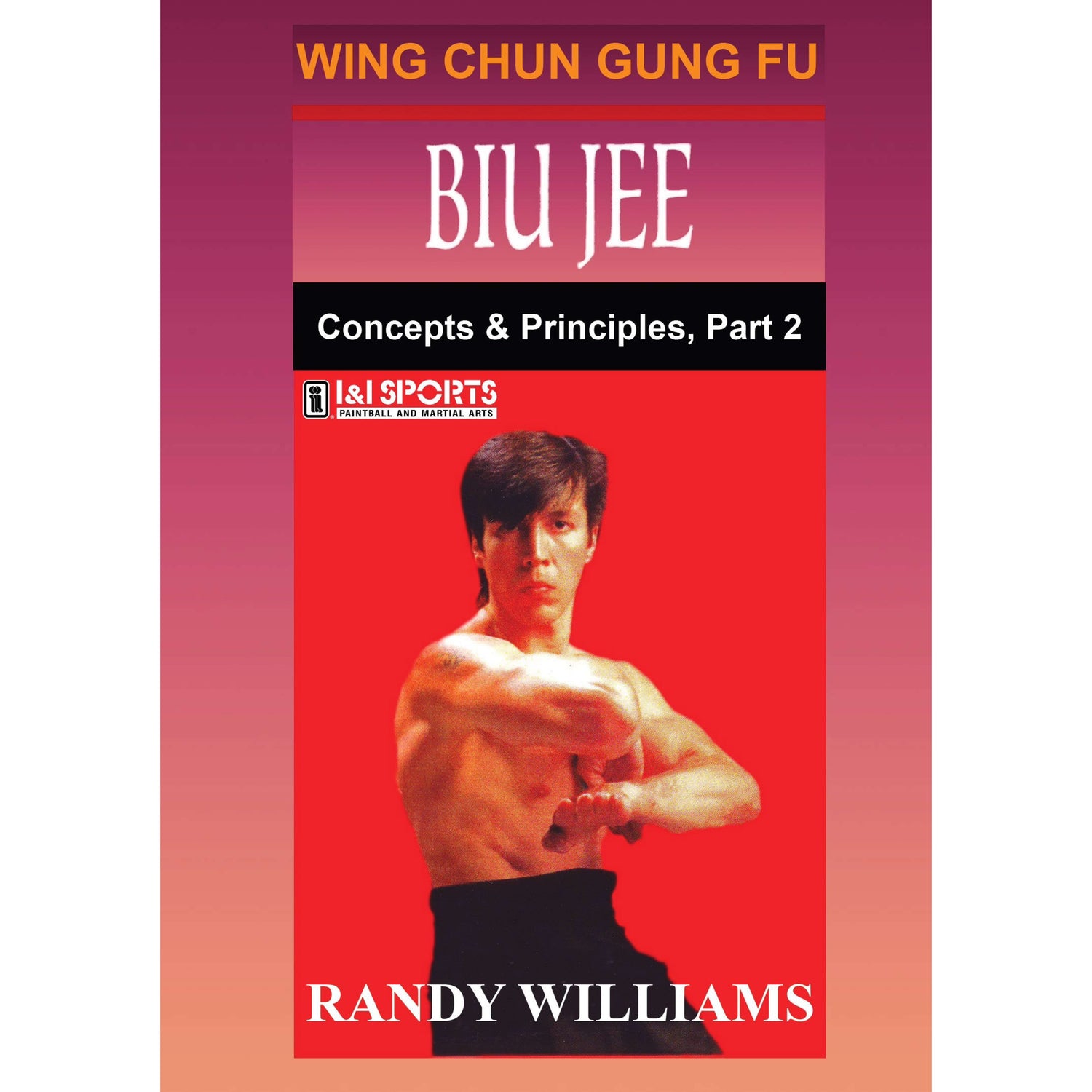Wing Chun Biu Jee Concepts 2 by Randy Williams (On Demand)
The Wing Chun System is comprised of only three hand forms. Although the forms are few and easy to learn, to master them requires patience, perseverance and determination. This mastery is vital, as the forms of Wing Chun are considered the keys to the system. The third hand form is Biu Jee or Shooting Fingers.
CONCEPTS & PRINCIPLES, PART 2 continues with more explanations of Biu Jee principles and applications including:
Lowline Exclusion . Springy Power . Fock Sau Blocking and Attacking.
Defense vs. Rear Attack. Close Range usage of Long Bridge Motions.
Adding Yang Power to Yin Motions . Defeat of the Yin/Yang Structure .
Mixing Whirlpoop and Straightline Energy . wot Sau Scooping . Chambering at Extremely Close Range . Angled Elbow Blocking . Finger Strikes to the Eyes and Throat. Sneak Attack . Multi Attack . Piercing Toe Kick . Horizontal Long Bridge Striking . Self-Timing of the Horizontal Whip . Escape Strikes. Headlocking . Long Bridge Grabbing . Ginger Fist . Wraparound Hits for the Clinch or on the Ground. Using Wing Chun Strikes as Blocks Radical Power Line Changes . Upward Inner Forearm Strike . Arm Bars - Standing and on the Ground . Groundfighing . Arm takes/ head, Elbow Knee and Hand Smashes and more.
When Steven Seagal, Phil Collins, or Eric Clapton needed bodyguard protection, they called Wing Chun master Randy Williams, one of the world's foremost experts on self-defense. Williams, who operates school in Singapore and Los Angeles, began training at the age of 13 under George Yau and completed his instruction in the system under world-renown teaches Augustine Fong.
Couldn't load pickup availability


